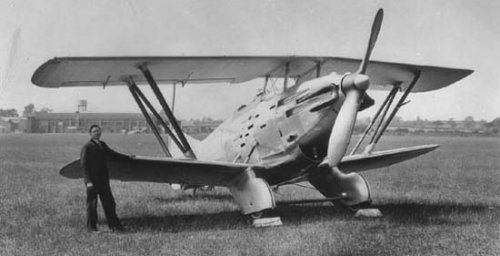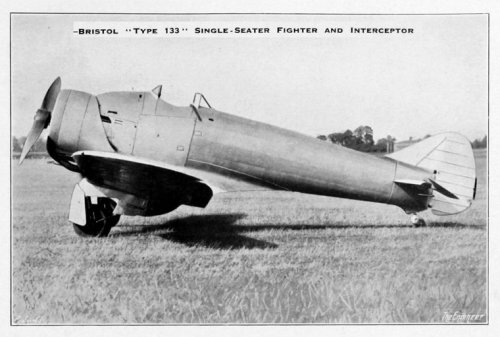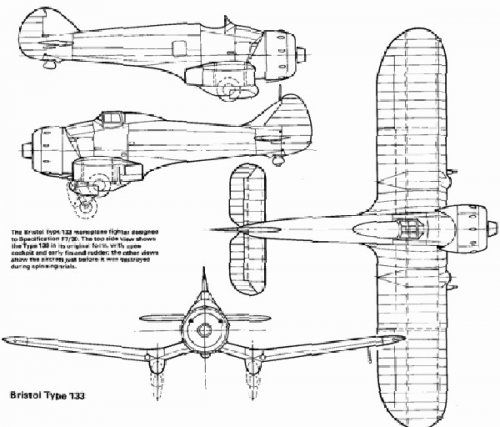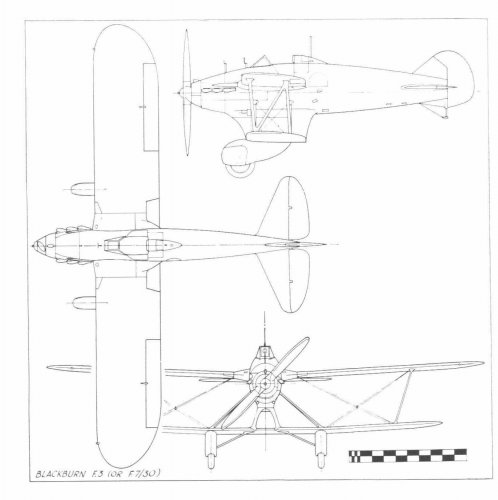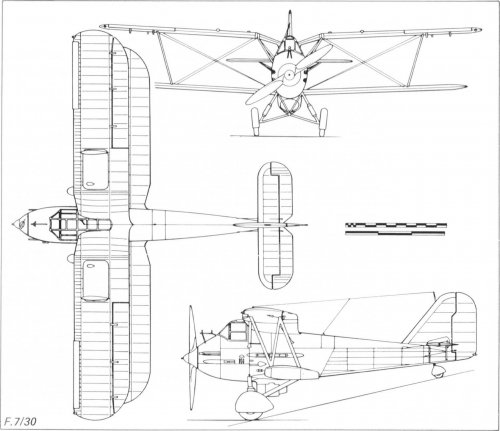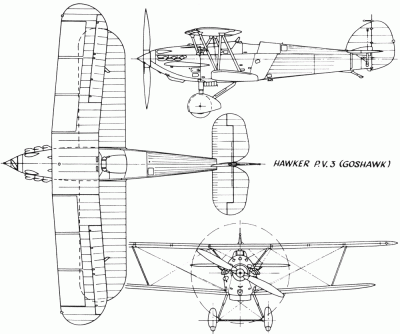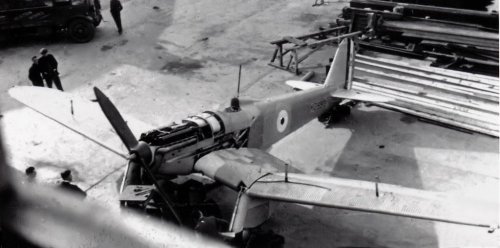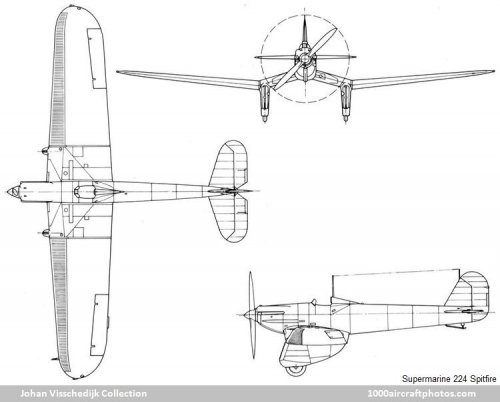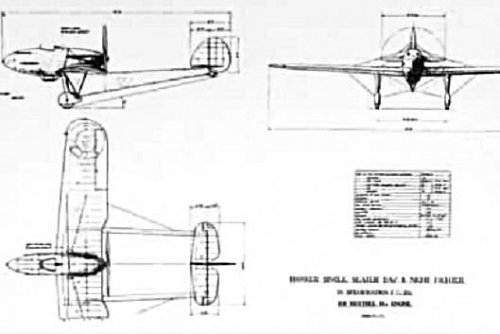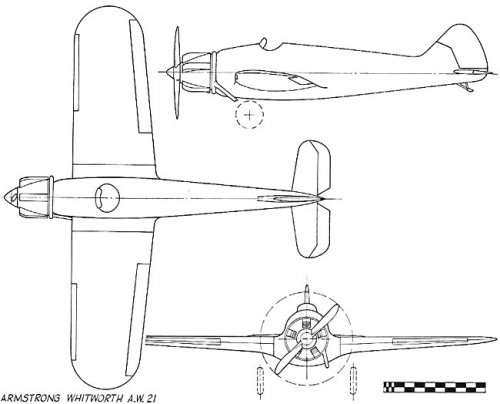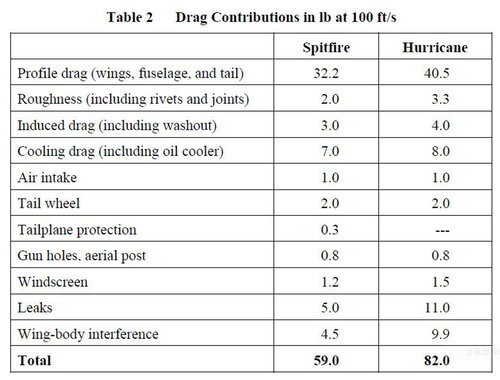blackkite
Don't laugh, don't cry, don't even curse, but.....
- Joined
- 31 May 2007
- Messages
- 8,597
- Reaction score
- 6,844
Hi!
F.7/30 Fighter capable of at least 250 mph and armed with four machine guns
Blackburn F.3, Bristol Type 123, Bristol Type 133, Gloster Gladiator, Gloster SS.19, Hawker P.V.3, Supermarine Type 224, Westland F.7/30
Specification F.7/30
https://www.alternatehistory.com/forum/threads/specification-f-7-30.368722/
Hi! Bristol type 123.
http://alternathistory.com/chetyrekhpulemetnye-istrebiteli-bristol-aeroplane-company-chast-1-bristol-type-123
Wikipedia.
https://en.wikipedia.org/wiki/Bristol_Type_123
"The aircraft was powered by a Goshawk III loaned by the Air Ministry, which used condensers in the lower wing leading edge for cooling, coupled to a forward-mounted ventral condenser. Engine cooling problems delayed the first flight, made by Cyril Uwins on 12 June 1934. Testing revealed serious lateral instability that a series of modifications to fin, rudder and the inner slots failed to cure, and which may have been structural. Development was therefore abandoned."
F.7/30 Fighter capable of at least 250 mph and armed with four machine guns
Blackburn F.3, Bristol Type 123, Bristol Type 133, Gloster Gladiator, Gloster SS.19, Hawker P.V.3, Supermarine Type 224, Westland F.7/30
Specification F.7/30
https://www.alternatehistory.com/forum/threads/specification-f-7-30.368722/
Hi! Bristol type 123.
http://alternathistory.com/chetyrekhpulemetnye-istrebiteli-bristol-aeroplane-company-chast-1-bristol-type-123
Wikipedia.
https://en.wikipedia.org/wiki/Bristol_Type_123
"The aircraft was powered by a Goshawk III loaned by the Air Ministry, which used condensers in the lower wing leading edge for cooling, coupled to a forward-mounted ventral condenser. Engine cooling problems delayed the first flight, made by Cyril Uwins on 12 June 1934. Testing revealed serious lateral instability that a series of modifications to fin, rudder and the inner slots failed to cure, and which may have been structural. Development was therefore abandoned."



